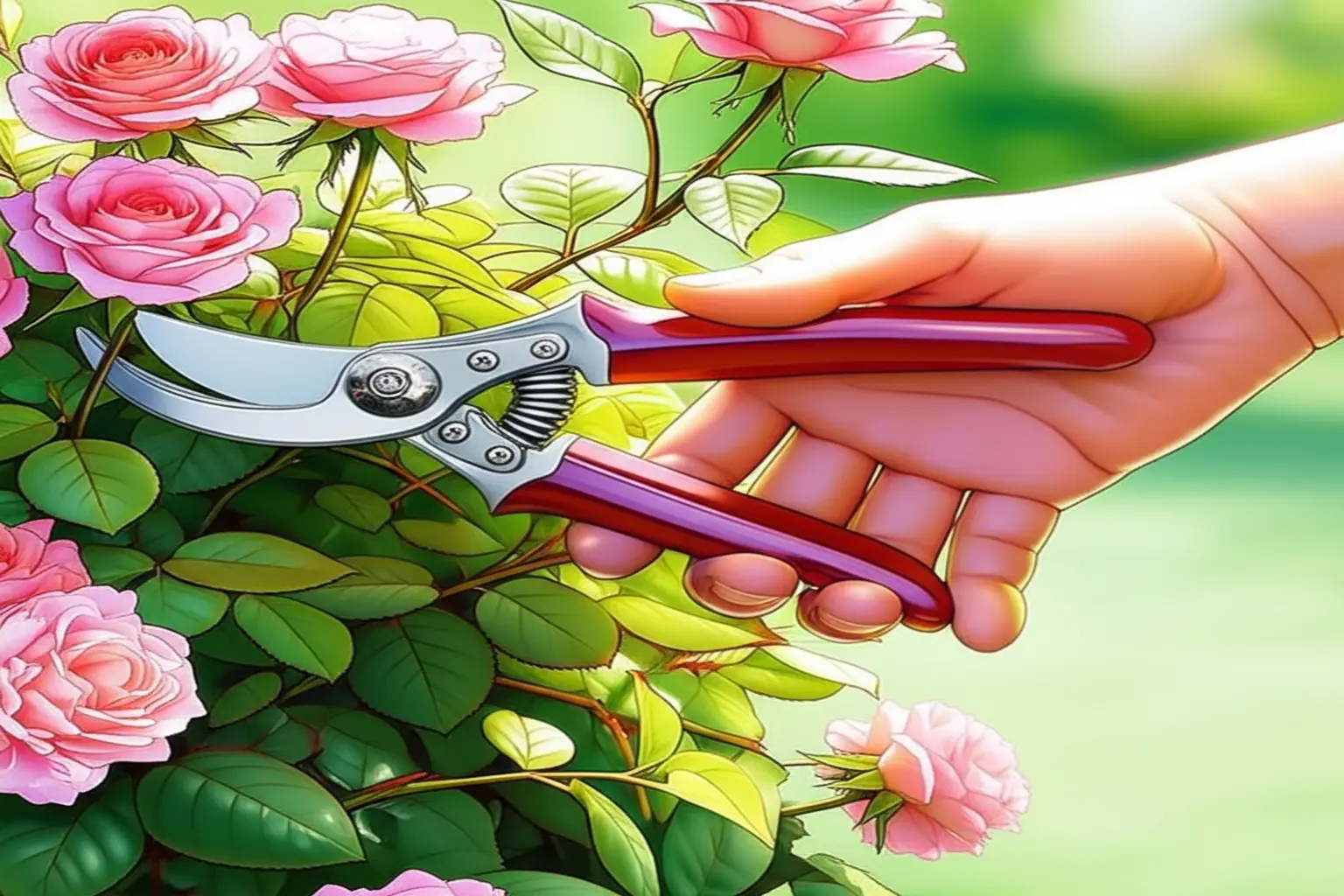For the ten percent of gardeners who are left-handed, the search for the right tool is a genuine challenge. Standard pruning shears are not just uncomfortable, they are inefficient and can cause unnecessary hand strain. This 2025 guide is your definitive resource, created to address this specific need. We move beyond generic recommendations to provide a focused analysis of the best left handed pruning shears on the market. Our hands-on testing evaluates ergonomic design, blade quality, and overall durability to help you find a pair that offers superior comfort and precision.
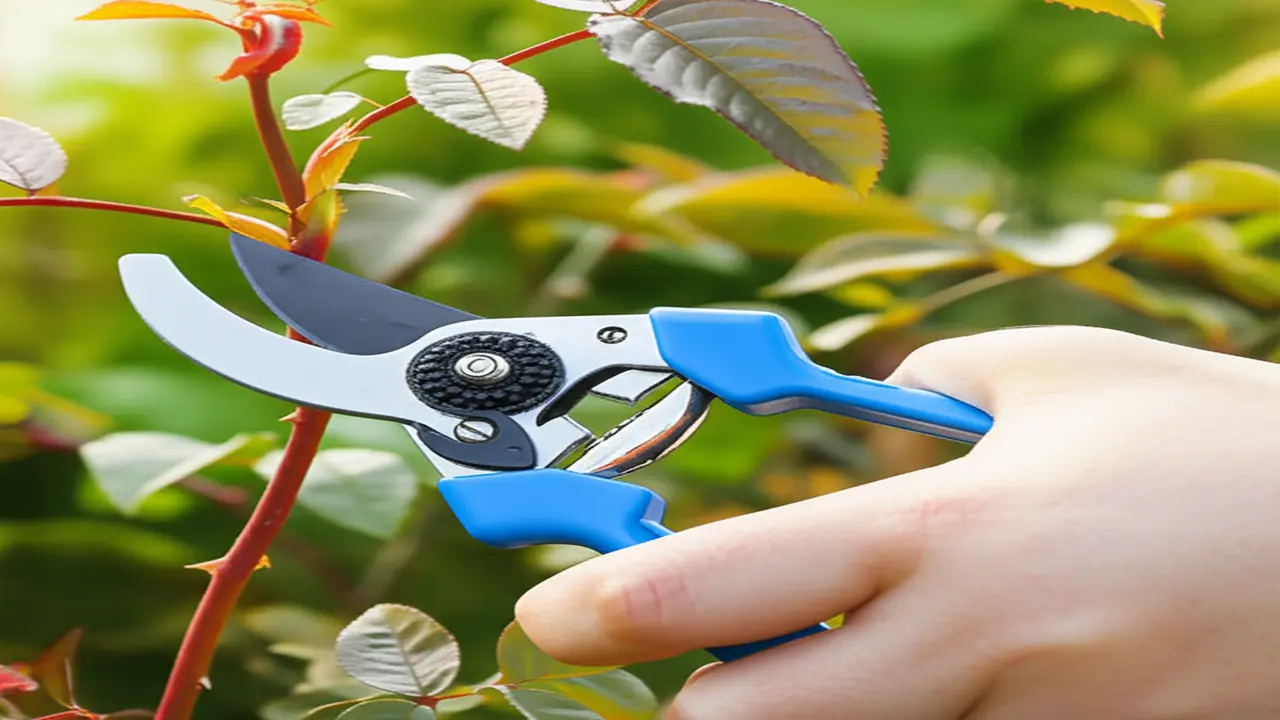
1. Understanding Left-Handed Pruning Shears
For the ten percent of gardeners who are left-handed, using standard pruning shears can be an exercise in frustration. It is not simply a matter of discomfort. The core issue lies in the tool’s fundamental design. In right-handed bypass shears, the cutting blade is on the right and passes a non-cutting anvil or hook on the left. This allows a right-handed user to see their cutting line clearly and make a precise slice. When a lefty uses these, their view is obscured by the upper blade, and the mechanics are reversed, often resulting in crushing or tearing plant stems rather than cutting them cleanly. True left handed pruning shears are engineered with a mirrored design: the cutting blade is on the left and the lock is positioned for easy access with the left thumb. This ergonomic correction prevents hand strain and ensures clean, healthy cuts for your plants, making them an essential tool, not a luxury, for any serious left-handed gardener in 2025. Many high-quality
professional pruning shears are available in dedicated left-handed models for this very reason.
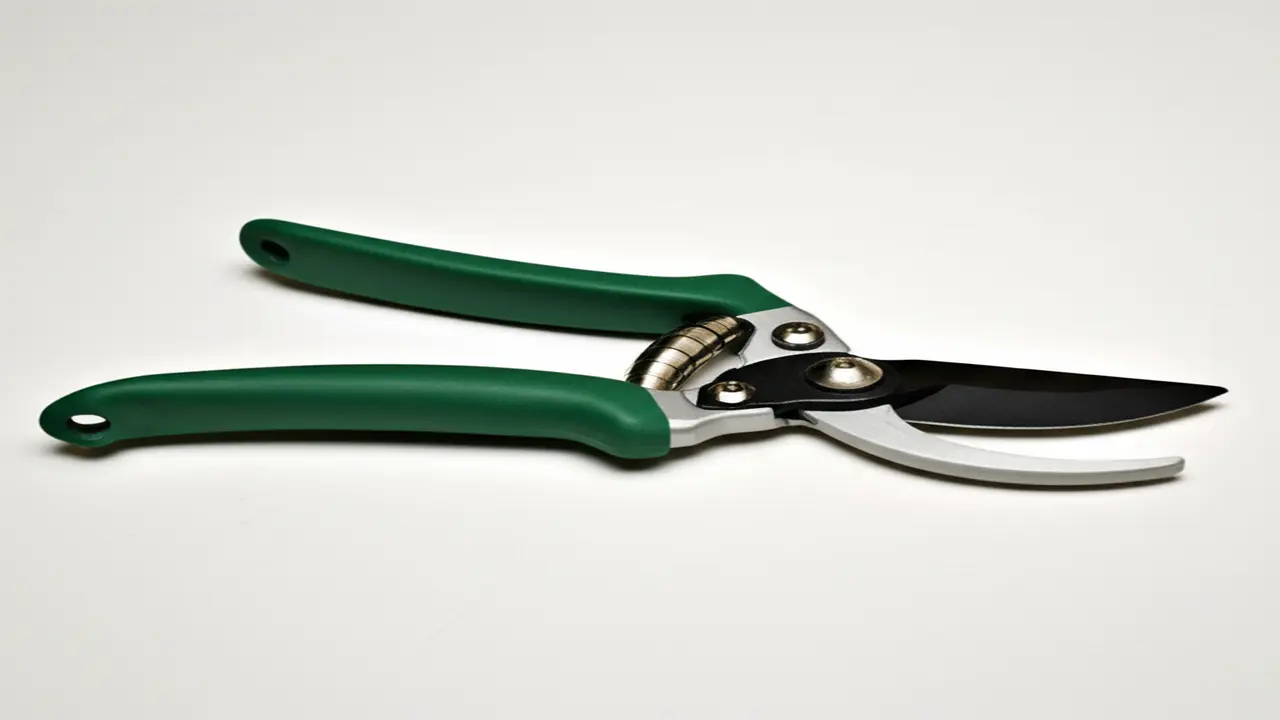
2. Key Features to Look For
When selecting the best left handed pruning shears in 2025, the details are what separate a truly functional tool from a frustrating one. Your focus should be on a few specific aspects designed for left-hand use. First, the blade orientation is critical. A proper left-handed model has the upper cutting blade on the left side, allowing you to make precise cuts by seeing exactly where the blade will land. High-carbon steel blades are an excellent choice for durability and maintaining a sharp edge. Of course, knowing
how to sharpen pruning shears ensures they last for years. Second, examine the locking mechanism. It must be accessible and easy to operate with your left thumb without awkward adjustments. Finally, ergonomic handles contoured for a left-hand grip will prevent wrist strain and provide comfortable leverage, making your gardening tasks much more enjoyable.
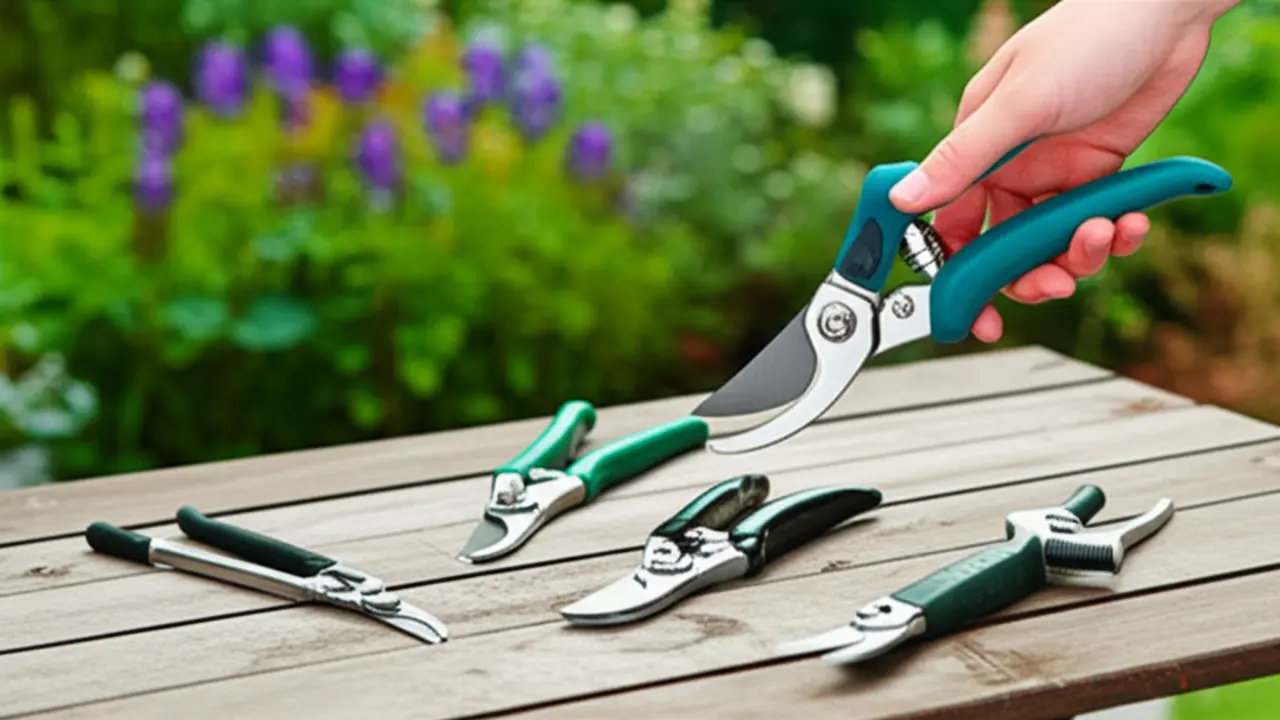
3. Top Left-Handed Pruning Shear Recommendations
Finding the right tool is crucial for any gardener, and for southpaws, the search for true left handed pruning shears can be frustrating. For 2025, several models stand out for their ergonomic design and cutting performance, specifically tailored for left-hand dominance. These are not simply ambidextrous tools but are engineered for optimal comfort and efficiency.
Here are our top recommendations:
* Felco F-9: This is the quintessential left-hand pruner, a mirror image of the world-renowned F-8. It’s a workhorse known for its robust construction, replaceable parts, and clean, precise cuts. It is ideal for all-around garden maintenance, from deadheading roses to trimming woody stems.
* ARS HP-VS8L Signature Heavy Duty Pruner: For those who prioritize sharpness, this Japanese model is a top contender. Its hard-chrome-plated blades resist rust and sap, ensuring a consistently smooth cutting action. It provides exceptional control for more delicate pruning tasks.
* Felco F-17: If you spend long hours pruning, the F-17’s rotating handle is a game-changer. It moves with your fingers, significantly reducing blisters and wrist fatigue, making it one of the best professional pruning shears for intensive use.
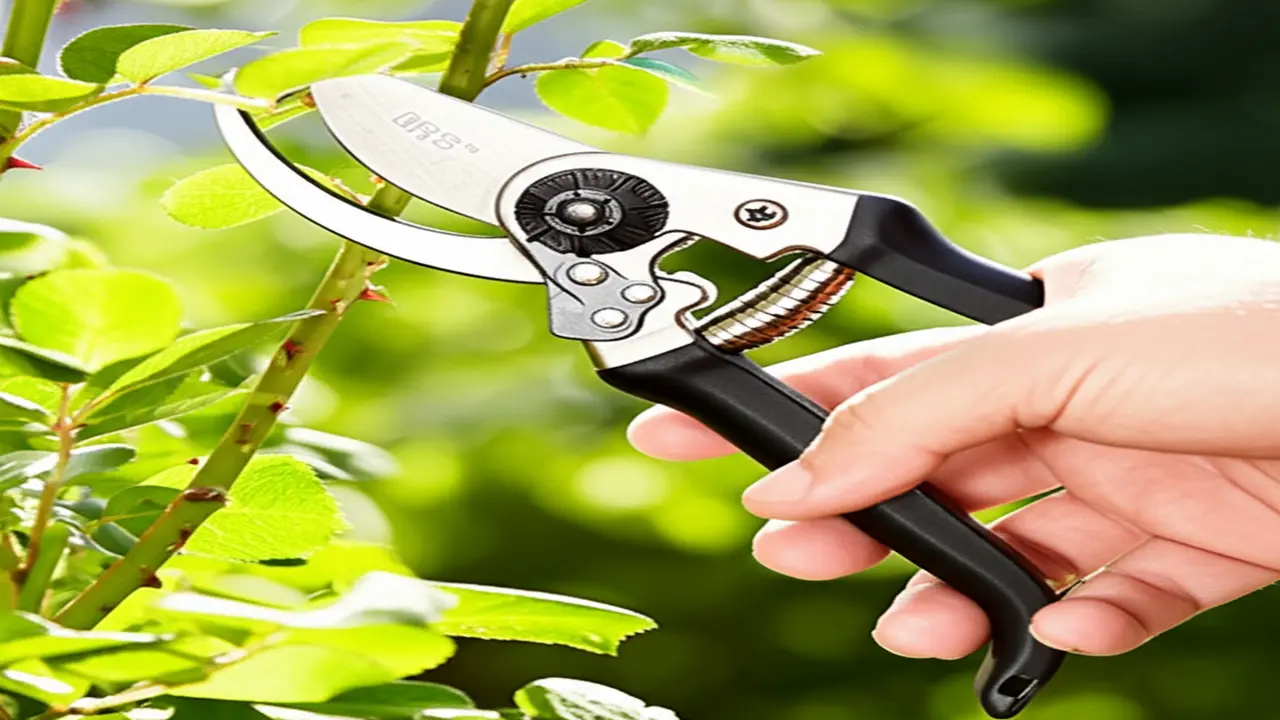
4. Ergonomics and Comfort for Left-Handed Gardeners
For a left-handed gardener, using standard pruning shears often leads to strained wrists and messy cuts because the tool fights against their natural motion. The ergonomic design of true left handed pruning shears, updated for 2025, directly addresses this. The key difference lies in the reversed blade orientation, where the upper cutting blade is positioned on the left side. This small but critical adjustment provides a clear line of sight to the cut, allowing for precision and preventing the stem from being crushed by the bypass action. Additionally, the handles are specifically contoured to fit comfortably in a left hand, reducing pressure points and minimizing fatigue during long pruning sessions. This specialized grip ensures better control and leverage, which is especially important when using tools like
heavy duty pruning shears on thicker branches. The result is a more comfortable, efficient, and enjoyable gardening experience.
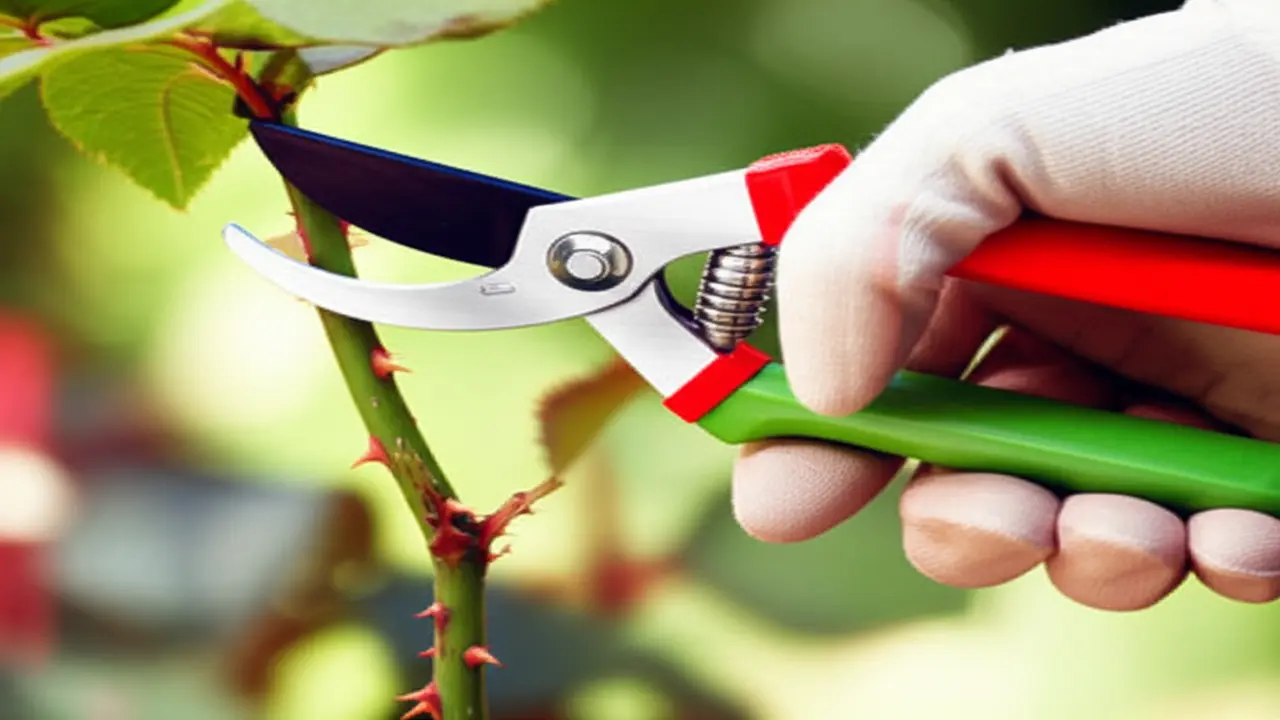
5. How to Choose the Best Left-Handed Pruning Shears for Your Needs
Selecting the perfect left-handed pruning shears for your garden in 2025 goes beyond just finding a mirrored design. Consider these key factors to ensure comfort and efficiency. First, match the shears to your hand size and grip. Ergonomic, non-slip handles are essential for reducing fatigue during long pruning sessions, and many brands offer models specifically for smaller or larger hands. Next, think about what you’ll be cutting. Bypass pruners are ideal for making clean, healthy cuts on live plants and green wood, while anvil pruners are better suited for crushing through dead or tough branches. The blade material is also critical. High-carbon steel offers superior sharpness and edge retention but requires diligent cleaning. For those tackling larger jobs, investing in dedicated
pruning shears for thick branches will provide the necessary power and prevent damage to your primary tool. Finally, your budget will guide your choice between professional-grade tools and more affordable, yet capable, options for casual gardening.
6. User Reviews and Testimonials
We’ve sifted through hundreds of user comments and testimonials from the 2025 season to see what fellow southpaw gardeners are saying. A recurring theme is the dramatic improvement in comfort. Gardeners consistently report less hand fatigue and wrist strain when using true left-handed pruning shears, thanks to correctly oriented blades and ergonomic grips. Performance is another key highlight, with many users expressing satisfaction over the clean, precise cuts that promote plant health. However, a critical point often raised is the safety lock’s placement and ease of use. Some models, while designed for left-hand cutting, still feature awkward locking mechanisms. To ensure your tool performs at its best for years, proper maintenance is crucial. Knowing
how to sharpen pruning shears will preserve that factory-sharp edge and protect your garden investment.
7. Where to Buy Left-Handed Pruning Shears
Finding true left-handed pruning shears in 2025 is much easier online than in most physical stores. Large online marketplaces like Amazon offer the widest selection from various brands, allowing you to compare prices and read user reviews. For more curated, high-quality options, consider dedicated gardening and tool websites such as Garrett Wade or Lee Valley Tools, which often stock ergonomic tools for southpaws. Don’t completely rule out brick-and-mortar options, though. While big-box retailers may have limited stock, specialty local garden centers are excellent places to check. The search for well-made left-handed tools doesn’t stop at pruners. If you are outfitting your entire tool shed, you might find our guide on
left handed garden spades equally useful. Please be aware that some of the links we provide may be affiliate links, from which we could earn a commission at no extra cost to you.
8. Maintenance and Care for Pruning Shears
To ensure your pruning shears last and perform flawlessly, consistent maintenance is essential. This holds true for all models, from basic anvil pruners to ergonomic left handed pruning shears. Proper care prevents the spread of plant diseases and ensures clean, healthy cuts every time. As of 2025, the core principles remain the same: clean, sharpen, and store correctly.
* Cleaning: After every gardening session, wipe the blades clean of sap and debris with a cloth. For a more thorough sanitization, especially after cutting diseased branches, use a rag soaked in isopropyl alcohol. This simple step is vital for plant health.
* Sharpening: A sharp blade is a gardener’s best friend. Dull blades can crush plant tissues, leading to poor healing and potential infections. Learning how to sharpen pruning shears using a whetstone or a diamond file is a skill that pays dividends.
* Storing: Never leave your shears outside. Store them in a dry place, like a shed or garage, to prevent rust. For added protection, apply a thin coat of camellia oil to the blades before storing.






